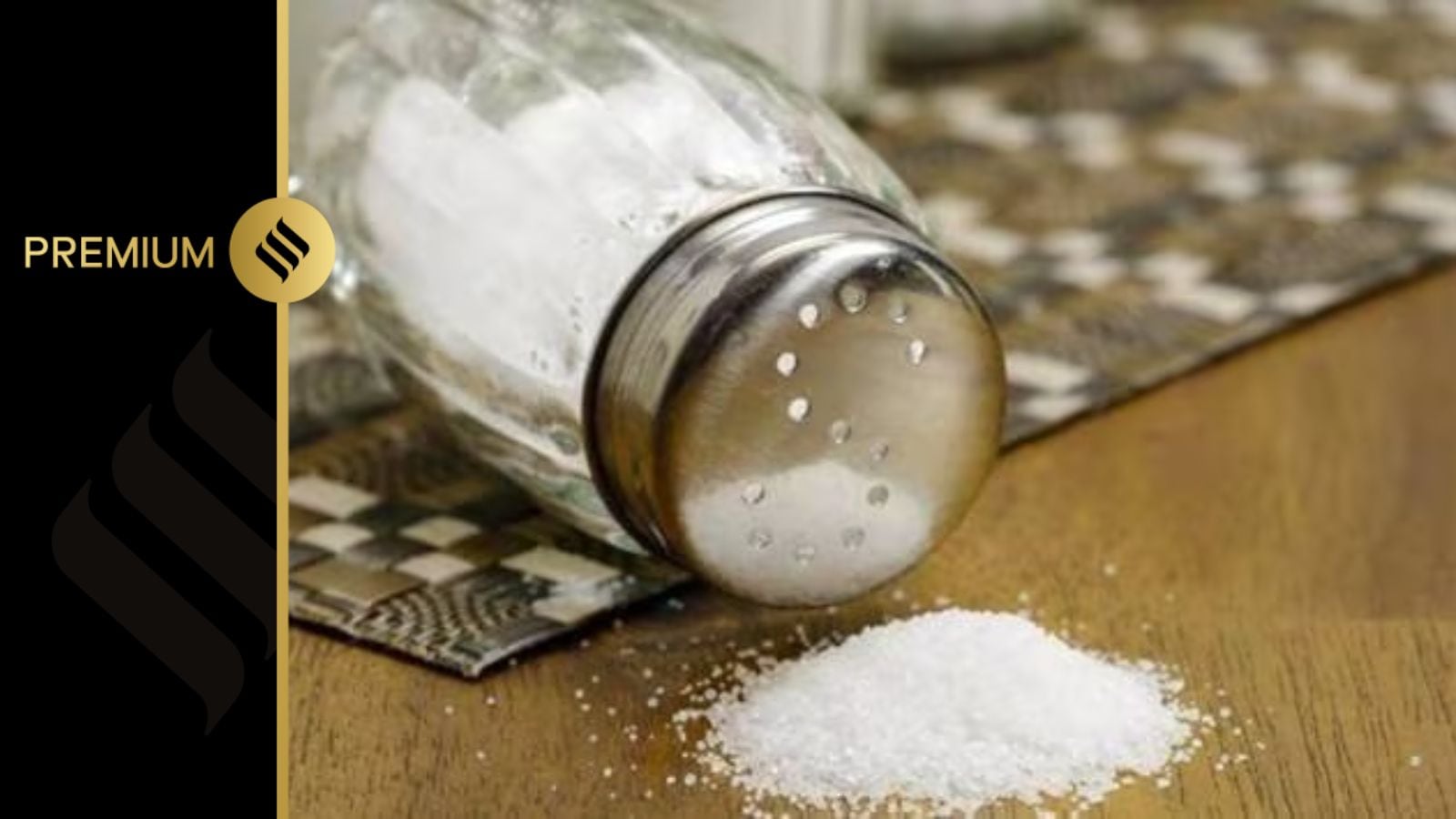Salt Shakers & Health Risks: How India's Love Affair with Salt is Impacting Public Health
2025-07-26

The Indian Express
India's relationship with salt is a deeply ingrained cultural phenomenon. From flavouring traditional dishes to being a cornerstone of religious rituals, salt holds a significant place in Indian society. However, this widespread love for salt is coming at a cost. With average consumption rates far exceeding the World Health Organization's (WHO) recommended 5 grams per day, health experts are raising serious concerns about the impact on public health.
A Cultural Staple: The History of Salt in India
For centuries, salt has been more than just a seasoning in India. It's been a symbol of purity, a vital component in religious ceremonies, and a crucial element in preserving food. Historically, salt production in India was a localized affair, with coastal communities and salt pans playing a critical role in supplying the nation. The flavour-enhancing properties of salt were quickly recognized and integrated into diverse regional cuisines, from the spicy curries of the south to the rich gravies of the north. This organic adoption of salt into the culinary landscape laid the foundation for the high consumption levels we see today.
The Rising Tide of Salt Consumption
While traditional use of salt was prevalent, the recent surge in consumption is largely attributed to a shift in dietary habits. The proliferation of ultra-processed foods – instant noodles, packaged snacks, ready-to-eat meals, and processed meats – has dramatically increased sodium intake. These products are often loaded with hidden salt to enhance flavour, extend shelf life, and mask other undesirable qualities. The convenience and affordability of these foods have made them increasingly popular, particularly among urban populations, further exacerbating the problem.
The Health Consequences: A Growing Concern
Epidemiologists and researchers are increasingly linking excessive salt consumption to a range of serious health problems. High sodium intake is a major contributor to hypertension (high blood pressure), a leading risk factor for heart disease, stroke, and kidney failure. The WHO estimates that millions of deaths each year are attributable to high salt consumption. Furthermore, studies suggest a correlation between high salt intake and other health issues, including obesity and certain types of cancer.
Who's to Blame? Ultra-Processed Foods Take the Spotlight
While individual choices play a role, experts overwhelmingly point to ultra-processed foods as the primary culprit. These foods often contain significantly higher levels of sodium than their traditionally prepared counterparts, and consumers are often unaware of the extent of the added salt. Food manufacturers have a responsibility to reduce sodium content in their products and to provide clear and accurate nutrition labelling.
Moving Forward: Towards a Healthier Future
Addressing this public health crisis requires a multi-faceted approach. Public awareness campaigns are needed to educate consumers about the dangers of excessive salt consumption and to encourage healthier food choices. Government regulations could play a role in limiting sodium levels in processed foods and in mandating clearer nutrition labelling. Finally, promoting traditional cooking methods and encouraging the consumption of fresh, whole foods can help reduce overall sodium intake and improve public health outcomes. It's time to re-evaluate our relationship with salt and prioritize the long-term health and well-being of the nation.






:max_bytes(150000):strip_icc():focal(971x453:973x455)/teddi-mellencamp-Gracie-Awards-Gala-2025-070925-5a5750f368ba46e4afcdbb8a7de2a631.jpg)